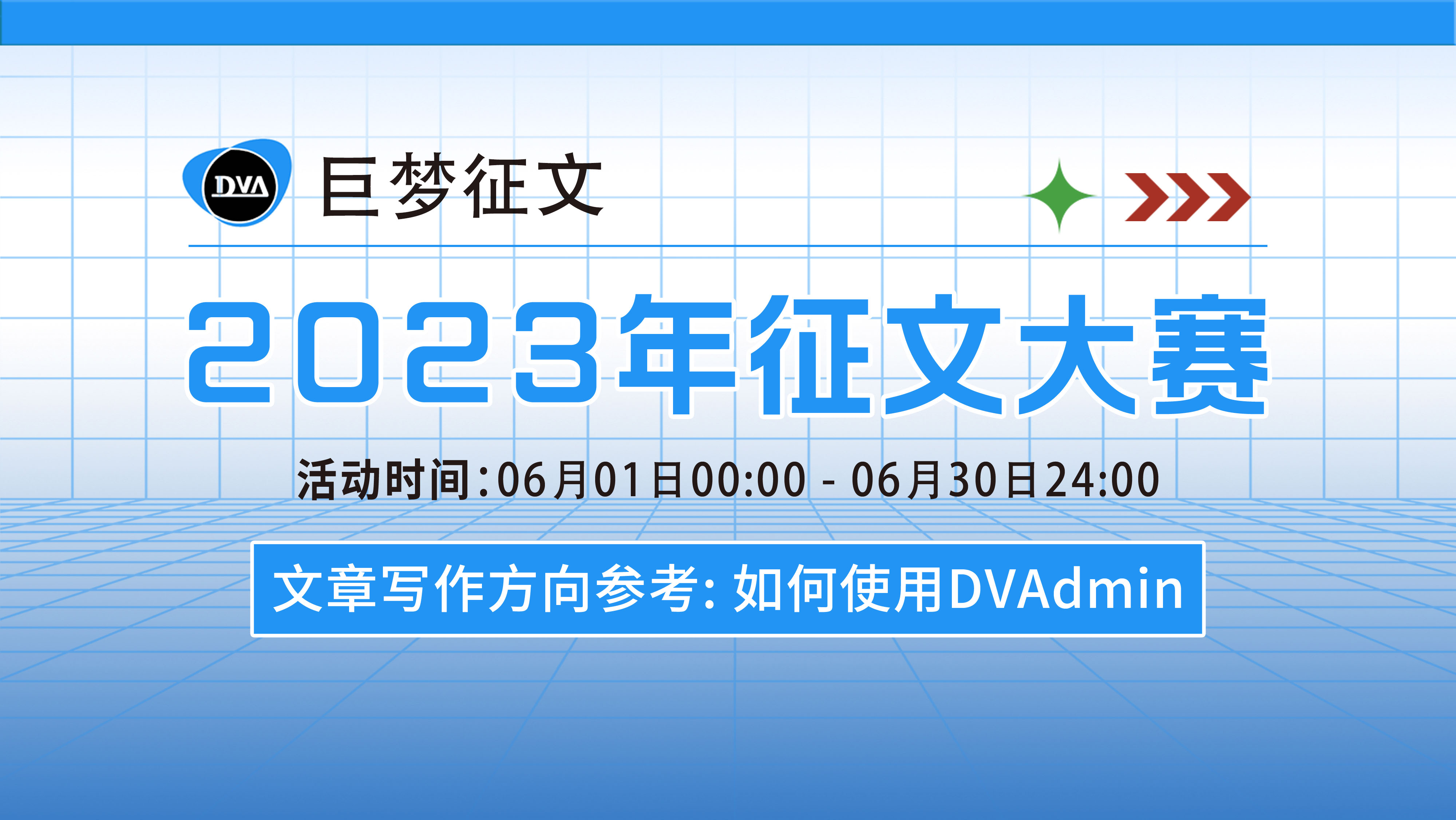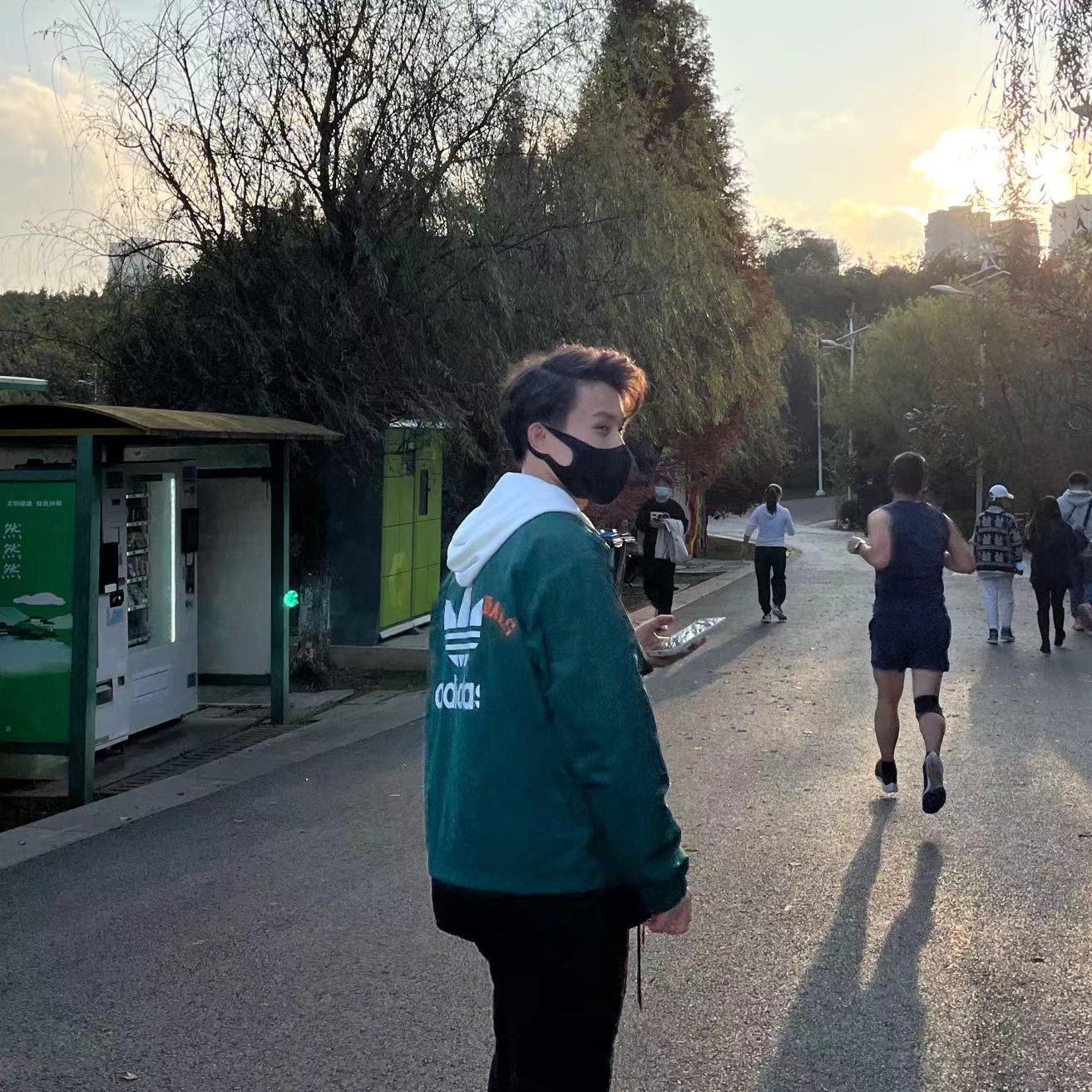One - BuddyPress Theme: My Admin Playbook for Stable Communities
One - BuddyPress Theme: My Admin Playbook for Stable Communities
When a community site gets noisy but not helpful, the issue is rarely “not enough features.” It’s inconsistency: profiles look nothing like groups, DMs feel bolted on, and new members can’t tell where to post. I rebuilt our hub on One - BuddyPress Theme to see if a disciplined theme layer could reduce that friction without turning the stack into a maintenance project. Below is the admin-side narrative—what I configured, what I kept, and what I avoided.
Installation & Configuration (fast, reversible, repeatable)
I staged the site, activated the theme with a child theme, and locked four token systems before touching content: a primary/neutral color ramp, a clamp-based type scale (two families, three weights), a 4-point spacing scale, and three elevation levels (0: flat, 1: card, 2: modal). That alone removed half the CSS one-offs I used to carry between pages.
For BuddyPress, I enabled Activity, Extended Profiles, Groups, Private Messages, and Notifications. Media/docs stayed off for week one so I could measure behavior without extra scripts. Navigation trimmed to Home / Activity / Groups / Members with a single Create CTA. On mobile, the drawer shows search first and large tap targets.
Feature-by-Feature Evaluation (what stayed vs. what I changed)
Activity stream. The composer language is consistent across contexts, and filter chips (All, Mentions, Following) are visible without scrolling. I limited reactions to a short set to keep tap latency low.
Groups. Cards show membership state, last activity, and a subtle privacy badge. I capped banner sizes and switched most groups to solid headers to protect LCP on mid-range phones.
Profiles. One card style for posts, replies, and media eliminates “template whiplash.” Quick actions (message, follow/add friend) sit near avatars and remain keyboard-reachable. I collapsed excess social icons into an overflow.
Messaging. Drawer on desktop, full view on mobile—predictable and legible. Attachments are restricted to sane sizes; non-images prompt a confirmation.
Notifications. Toasts are polite (announce, then fade). I batch during peaks so alerts inform rather than overwhelm.
Search. Scoped by members, groups, posts, with shared card visuals. I tuned weights to show people first, then groups, then posts—closer to how members actually search.
Performance & SEO (the levers that moved real metrics)
Testing on throttled 4G and a mid-range Android, I saw LCP stabilize around the low 2-second range after these changes: preload one display font while using a system stack for body, assign intrinsic sizes/aspect-ratios to avatars and thumbnails, and delay non-critical scripts (emoji picker, secondary analytics). INP stayed under 170 ms once I avoided stacking animation libraries.
SEO wins came from structure, not tricks: one intent per page, a single H1, honest meta descriptions, and editor-curated category views with short intros and filters. For discovery thinking and internal hub design, I keep a living gallery under WooCommerce Themes and link into it from tutorials and announcements to concentrate internal PageRank.
Alternatives I Considered (and why I passed)
Oversized builder skins deliver flashy landing pages but leak inconsistency and JS weight into everyday surfaces; input delay suffers.
Legacy forum skins make list views fast but fight modern expectations for profiles, reactions, and DMs; bolting those on later becomes UX debt.
Headless front-ends are powerful but demand a product team; if you can’t own that surface long-term, it will own you.
Suitable Scenarios (where this theme is a clear fit)
- Membership clubs mixing announcements, groups, and member blogs—unified cards and tabs keep everything coherent.
- Professional associations that need predictable patterns and mobile reliability without heavy customization.
- Bootstrapped communities that want a social layer without committing to headless complexity.
- Education cohorts where onboarding, profiles, and small-group discussion must share the same rules.
Closing Notes (what I intentionally did not customize)
No per-page CSS overrides beyond tokens; one animation layer only; no carousels or video in the first fold; and no badge confetti in profiles. Clarity beats motion, and restraint keeps maintenance cheap. For long-term updates, I follow the platform’s main catalog and cadence under gplpal to stay aligned with upstream improvements while my child theme remains lean.






